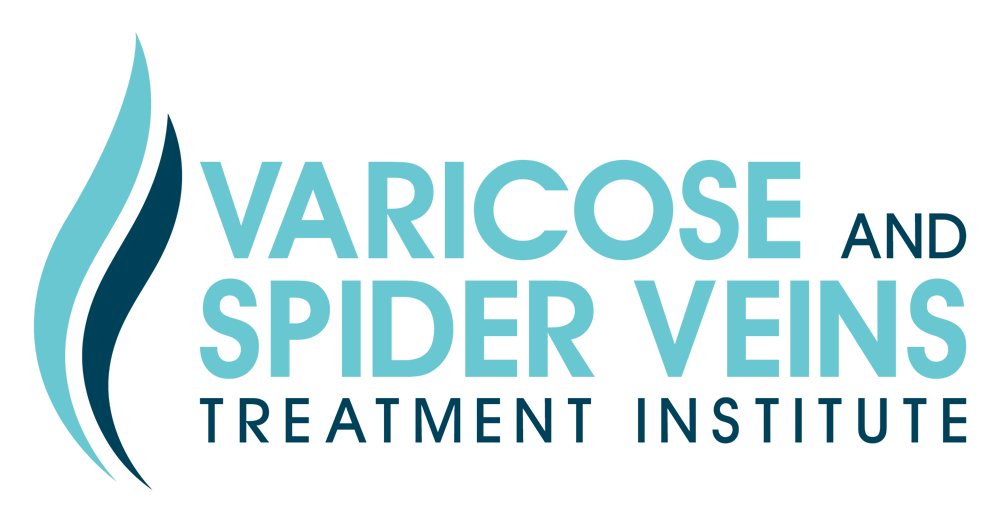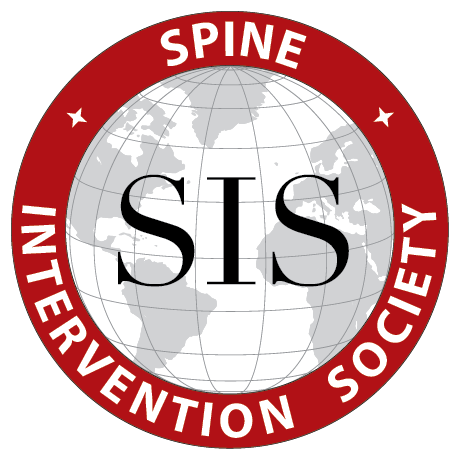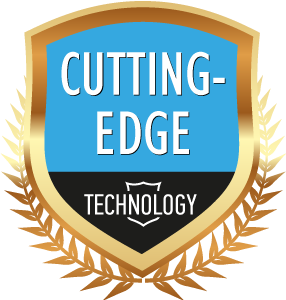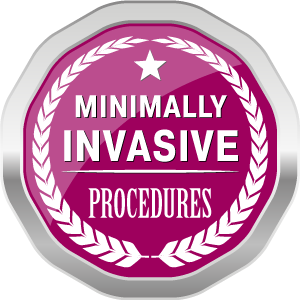VenaSeal™
What is VenaSeal™?
VenaSeal™ is a relatively new advancement in minimally invasive treatment options for varicose veins. It uses a carefully formulated medical adhesive to seal off problem veins, redirecting blood to nearby healthy vessels. VenaSeal offers a safe and effective alternative to more invasive surgical methods. It is also the only vein closure system that does not agitate the vein by using heat, chemicals, or lasers.
By using a medical adhesive to physically block blood flow, you will experience fewer symptoms typically associated with other treatments that irritate the vein. Many people see instant results after their VenaSeal procedure, making it the ideal choice for treating pain, swelling, and achiness from varicose veins. Some people with restless leg syndrome (RLS) also see an improvement in their symptoms with minimally invasive treatments like VenaSeal.
Why Choose a Minimally Invasive Treatment?
Minimally invasive treatments are often the first choice for treating varicose veins and spider veins. At Varicose and Spider Veins Treatment Institute, we offer several options to address and improve your vein health.
Whether you want to improve the appearance of your legs or treat leg pain or heaviness, we are here to help. Our vein specialists are board-certified vein specialists and trained in cutting-edge varicose vein and spider vein treatments.
There are several benefits to VenaSeal, including:
- Little to no downtime for recovery
- No heat, lasers, or extra anesthetic required
- Fewer side effects than other minimally invasive treatment options
- Nearly 95 percent of patients see long-lasting results
How Does VenaSeal Work?
VenaSeal was approved by the U.S. Food and Drug Administration (FDA) in 2015 for treating varicose veins in the legs. It uses a long, thin, flexible tube known as a catheter, which is inserted through a tiny incision near the affected vein. The catheter injects a specially designed medical adhesive known as a cyanoacrylate that immediately begins forming a seal along the inside of the vein wall when it comes in contact with blood. This adhesive remains in the vein after the procedure to permanently block off blood flow. As a result, the blood in your legs is diverted to nearby healthy veins so it can be taken back up to your heart and lungs. Over time, your body will create a scar tissue barrier around the closed-off vein.
Cyanoacrylates have been used for decades in skin wound repairs, dental settings, surgeries, and more. The VenaSeal adhesive also has antimicrobial activity, which helps prevent bacterial infections from the procedure. It is made to be flexible, so you should not feel it under your skin.
VenaSeal Is Safe and Offers Long-Term Success
Several clinical studies have evaluated VenaSeal for treating varicose veins. Five years after treatment, nearly 95 percent of patients still had closed veins. There was also a 75 percent improvement in Venous Clinical Severity Scores (VCSS) five years out. The studies also found that 9 out of 10 patients would choose to receive VenaSeal again if needed.
VenaSeal Before and After
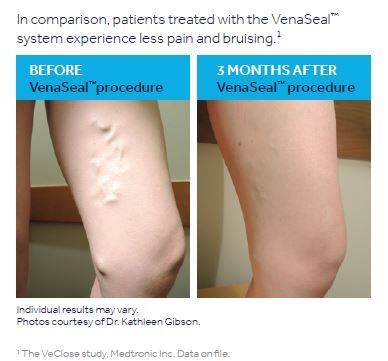
The procedure is safe, and no severe health complications were reported. Other vein treatments are associated with a small risk of blood clots, which can become stuck in the deep veins in your body. This is known as deep vein thrombosis (DVT). If a blood clot breaks off and travels to your lungs, it can become stuck in your lungs in a condition known as pulmonary embolism. There were also no allergic reactions to the adhesive during clinical studies.
Patients who received VenaSeal in clinical studies were able to return to work and their daily activities much more quickly compared to other minimally invasive techniques, including foam
sclerotherapy,
radiofrequency ablation (RFA), and endovenous laser ablation (EVLA).
The Day of Your Appointment
On the day of your appointment, avoid shaving your legs and applying lotions or creams. Be sure to bring a pair of shorts to wear during the procedure. You may also take acetaminophen (Tylenol) before getting to your vein specialist’s office to help manage any pain you have afterward. Arrive 15 minutes before your appointment to check in and complete any remaining paperwork.
You will then be brought to the procedure room, where your vein specialist will go over the procedure with you. They will also perform an ultrasound to find the diseased veins and create an exact treatment plan. This technique creates images of your veins and tissues to help them learn more about what veins are affected and where they are located.
Your vein specialist will then clean your leg with alcohol and numb the area where they will insert the catheter with a local anesthetic. You may feel a pinch along with some pain and stinging. This should go away shortly after the anesthetic takes hold. Once you are numb, your vein specialist will create a very small incision to access the vein and insert the catheter. You may feel some pressure during insertion, but you should not feel any pain.
Your vein specialist will then use ultrasound to guide the catheter into the vein. Once the catheter is in place, they will begin dispensing the adhesive, applying light pressure directly onto your leg. You may feel a gentle pulling sensation as they move the catheter along, continuing to dispense adhesive throughout the vein. They will use ultrasound to guide the catheter and ensure the veins are properly closed off.
Once the vein is completely sealed, your vein specialist will remove the catheter and place a bandage over the insertion site. You can walk immediately after the procedure to a recovery room, where you will be monitored until you are ready to leave. The entire procedure can take as little as 15 minutes, depending on how many veins are being treated and how large they are.
Side Effects of VenaSeal
Since VenaSeal does not use heat, lasers, or other devices that irritate veins, there are very few side effects associated with the procedure. You may notice some irritation, redness, and swelling around the catheter insertion site. Some people may also have mild leg swelling.
After-Treatment Care
Most people recover from VenaSeal in less than one day, quickly returning to their everyday activities. If you experience mild swelling, you can elevate your feet and legs above your heart with pillows and blankets. Doing this throughout the day helps encourage blood to flow away from your legs and toward your heart. Your vein specialist may also recommend wearing compression stockings. These specially made socks apply pressure to your feet, ankles, and calves to push blood upward toward your heart. While it is common to wear compression stockings as part of vein care after a minimally invasive procedure, clinical studies show that many people do not need them after VenaSeal.
If you have other questions or concerns about healing after VenaSeal, or if you notice any new symptoms you think are from the procedure, call your vein specialist.
Frequently Asked Questions (FAQ)

DR. AMIT POONIA M.D.
Your New Jersey Vein Specialist
Dr. Poonia is double board-certified in interventional pain management and anesthesiology.
Dr. Poonia’s philosophy is based on teamwork, cooperation, and collaboration among his patients’ treatment teams. He believes that healthcare providers work
best when they work together to accurately diagnose a patient’s problem, find effective treatments, and provide maximum rehabilitation and quality of life improvements.
Dr. Poonia customizes his treatment plans based on each patient’s unique characteristics. He employs the latest minimally-invasive technologies to enhance comfort during treatment and to speed recovery.
VenaSeal Near Me
VenaSeal Clinics Near Me
Looking for a VenaSeal specialist near you? We are serving patients in 8 locations in New Jersey and Staten Island. Schedule your free vein screening at one of our locations today!
- Staten Island 2537 Amboy Rd, Staten Island, NY 10306, United States
- Old Bridge 42 Throckmorton Ln, Old Bridge, NJ 08857, United States
- East Brunswick 3 Cornwall Dr, East Brunswick, NJ 08816, United States
- Clifton 1001 Clifton Ave, Clifton, NJ 07013, United States
- Toms River 452 Lakehurst Rd, Toms River, NJ 08755, United States
- Springfield Township 105 Morris Ave, Springfield Twp (Union county), NJ 07081, United States
- Edison 3848 Park Ave, Edison, NJ 08820, United States
- Perth Amboy 763 Convery Blvd, Perth Amboy, NJ 08861, United States
References
- Almeida JI, Javier JJ, Mackay EG, et al. Thirty-sixth-month follow-up of first-in-human use of cyanoacrylate adhesive for treatment of saphenous vein incompetence. J Vasc Surg Venous Lymphat Disord. 2017;5(5):658-666. doi:10.1016/j.jvsv.2017.03.016.
- Chan SS, Tang TY, Chong TT, et al. Retrograde technique for great saphenous vein ablation using the VenaSeal closure system - Ideal approach for deep seated or small below the knee refluxing truncal veins. Phlebology. 2020;35(2):102-109. doi:10.1177/0268355519853412.
- Kolluri R, Chung J, Kim S, et al. Network meta-analysis to compare VenaSeal with other superficial venous therapies for chronic venous insufficiency. J Vasc Surgery Venous Lymphat Disord. 2020;8(3):472-481.e3. doi:10.1016/j.jvsv.2019.12.061.
- Morrison N, Gibson K, McEnroe S, et al. Randomized trial comparing cyanoacrylate embolization and radiofrequency ablation for incompetent great saphenous veins (VeClose). J Vasc Surg. 2015;61(4):985-994. doi:10.1016/j.jvs.2014.11.071.
- Morrison N, Gibson K, Vasquez M, et al. VeClose trial 12-month outcomes of cyanoacrylate closure versus radiofrequency ablation for incompetent great saphenous veins. J Vasc Surg Venous Lymphat Disord. 2017;5(3):321-330. doi:10.1016/j.jvsv.2-16.12.005.
- Park I. Initial outcomes of cyanoacrylate closure, VenaSeal system, for the treatment of the incompetent great and small saphenous veins. Vasc Endovascular Surg. 2017;51(8):545-549. doi:10.1177/1538574417729272.
- Proebstle T, Alm J, Dimitri S, et al. Three-year follow-up results of the prospective European Multicenter Cohort Study on Cyanoacrylate Embolization for treatment of refluxing great saphenous veins. J Vasc Surg Venous Lymphat Disord. 2021;9(2):329-334. doi:10.1016/j.jvsv.2020.05.019.
- VenaSeal™ Closure System. Medtronic. Accessed January 27, 2023. https://www.medtronic.com/us-en/healthcare-professionals/products/cardiovascular/superficial-vein/venaseal-closure-system.html
- VenaSeal™ Procedure. Medtronic. Accessed January 27, 2023.
https://www.medtronic.com/us-en/patients/treatments-therapies/varicose-vein-treatments/venaseal-procedure.html
